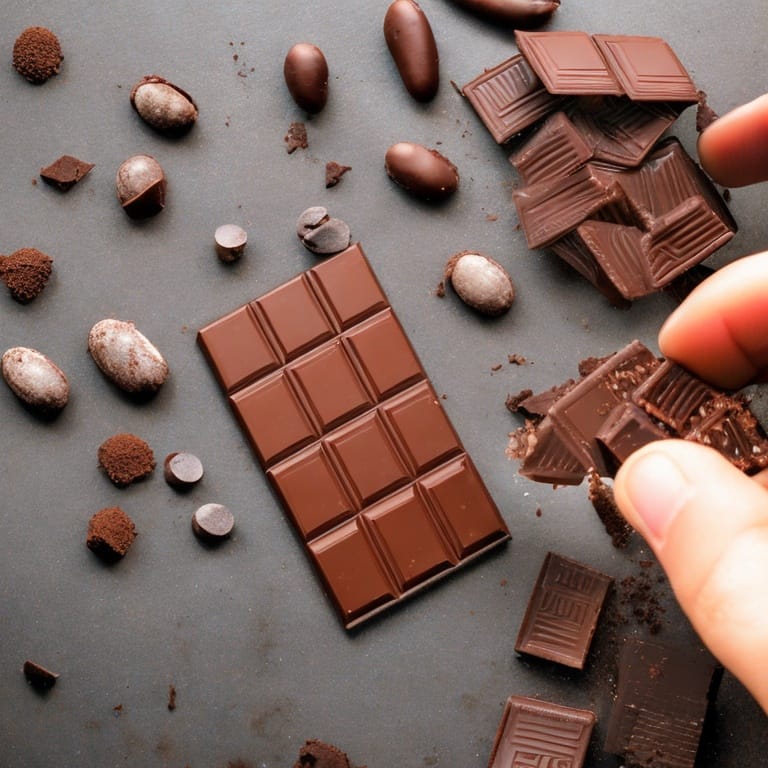There’s nothing quite like a good piece of chocolate, but have you ever stopped to really taste and savour it? Chocolate tasting is a sensory experience that can be just as nuanced and complex as wine or coffee tasting. In this beginner’s guide, we’ll explore the art of chocolate tasting and give you the tools you need to fully appreciate the flavours and textures of your favourite bean-to-bar chocolates.

Step 1: Choose Your Chocolate
Before you can begin tasting chocolate, you must first select a high-quality bean-to-bar chocolate. Look for chocolate made with single-origin beans or in small batches, as these offer more distinct flavours and subtleties. You can also select chocolate with varied percentages of cocoa solids, ranging from lower percentages in milk chocolate to larger percentages in dark chocolate.

Step 2: Look at the Chocolate
Before you begin eating the chocolate, take a careful look at it. Have a look at the texture and colour of the chocolate, as well as any strange patterns or markings on the surface. Chocolate should be bright and smooth, with no discoloration or bloom (a white, powdery layer that forms on the surface of older chocolate). The appearance of the chocolate might give clues about the quality of the ingredients and the way it was made.
Step 3: Smell the Chocolate
The aroma of chocolate is a key factor in its flavour profile. To fully appreciate the aroma, break off a small piece of chocolate and hold it close to your nose. Take a deep breath in and notice the different scents that come through. You might detect notes of fruit, nuts, or spices, depending on the chocolate.
Step 4: Taste the Chocolate
It’s now time to taste the chocolate! Put a little piece of chocolate on your tongue and let it melt slowly. Pay attention to the flavors and sensations that emerge as the chocolate melts. You might taste notes of sweetness, bitterness, acidity, or even smokiness. Chocolate’s texture can range from smooth and creamy to rough and grainy.

Step 5: Evaluate the Finish
The aftertaste that lingers in your mouth after you’ve finished the chocolate is known as the finish. Take note of how long the flavour lasts and whether it changes over time. A bar of high-quality chocolate has a long, pleasant finish that will leave you wanting more.
Step 6: Take Notes
To fully appreciate the nuances of different chocolates, it’s a good idea to take notes as you taste. Write down your observations about the appearance, aroma, flavour, texture, and finish of each chocolate you try. Over time, you’ll start to develop a vocabulary for describing chocolate and a deeper appreciation for the complexity of this delicious treat.

To summarise, chocolate tasting is a sensory experience that can be both enjoyable and educational. By following these six steps, you can fully appreciate the flavours and textures of your favourite bean-to-bar chocolates. So the next time you reach for a piece of chocolate, take a moment to savour the experience and discover something new!







Leave A Comment